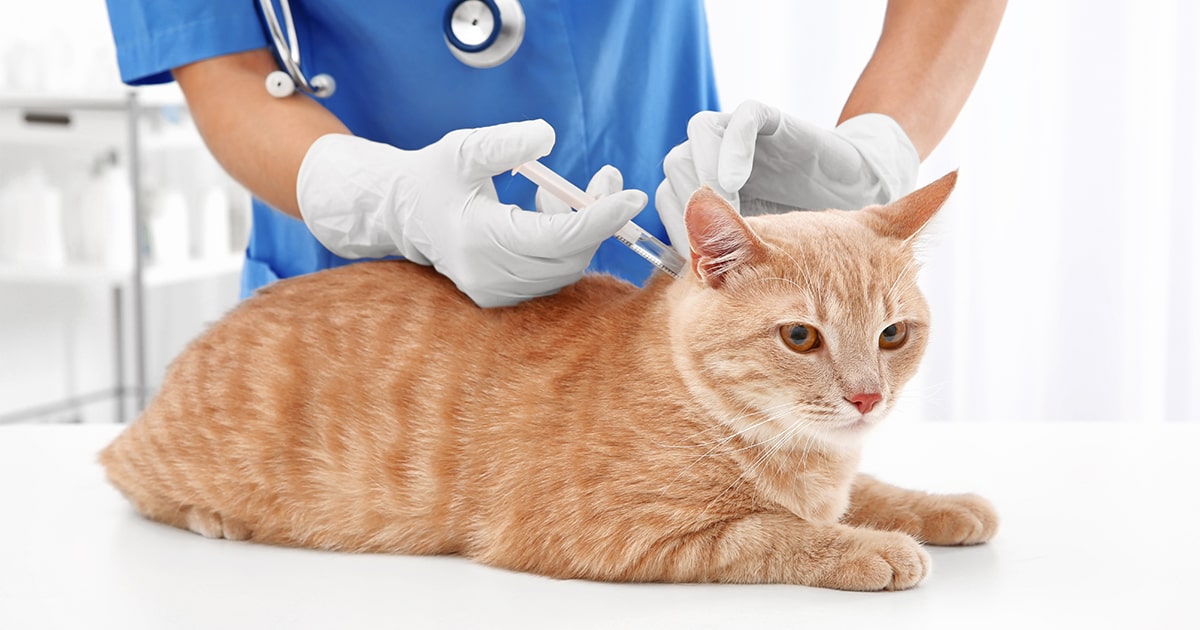Frequent health concerns
Vaccination
Vaccination, or active immunization, is an effective method to prevent many dangerous and fatal infectious diseases in pets. The frequency of vaccination and the choice of vaccines depends on the pet’s living environment and risk factors. *In Estonia, it is mandatory to vaccinate pets against rabies.Register for the conference

Vaccination plan for dogs (DHPPi+R )
Vaccine
Canine parvovirus
Primary vaccination
6-8 weeks, then repeat
every 2-4 weeks until the 16th
up to a week
Revaccination
at the age of 1 year.
Every 3 years thereafter
from behind.
Canine distemper
6-8 weeks, then repeat
every 2-4 weeks until the 16th
up to a week
at the age of 1 year.
Every 3 years thereafter
from behind.
Rabies
12 weeks
at the age of 1 year.
In the future 1-3 years
behind, depending
from the area. In Estonia
vaccinated every 2
after a year.
Canine adenovirus
6-8 weeks, then repeat
every 2-4 weeks until the 16th
up to a week
at the age of 1 year.
Every 3 years thereafter
from behind.
Leptospirosis
At 8 weeks, then after 2-4 weeks re-vaccination
1 time a year
Canine parainfluenza
6-8 weeks, then repeat
every 2-4 weeks until the 16th
up to a week
at the age of 1 year.
1 of every year thereafter
time.
*Tables have been compiled according to internationally recognized vaccination guidelines.
Vaccination schedule for cats (CRP+R)
Vaccine
Parvovirus
Primary vaccination
6-8 weeks, then every 2-4 weeks until 16 weeks (including)
Revaccination
At 1 year of age, then every 3 years (in low-risk areas).
Feline herpes virus
6-8 weeks, then every 2-4 weeks until 16 weeks (including)
At 1 year of age, then every 3 years (in low-risk areas).
Feline calicivirus
6-8 weeks, then every 2-4 weeks until the 16th
At 1 year of age, then every 3 years (up to a week (including)
At 1 year of age, then every 3 years (in low-risk areas). In high risk areas every year.
Rabies
at the age of 12
1 year after primary vaccination.
